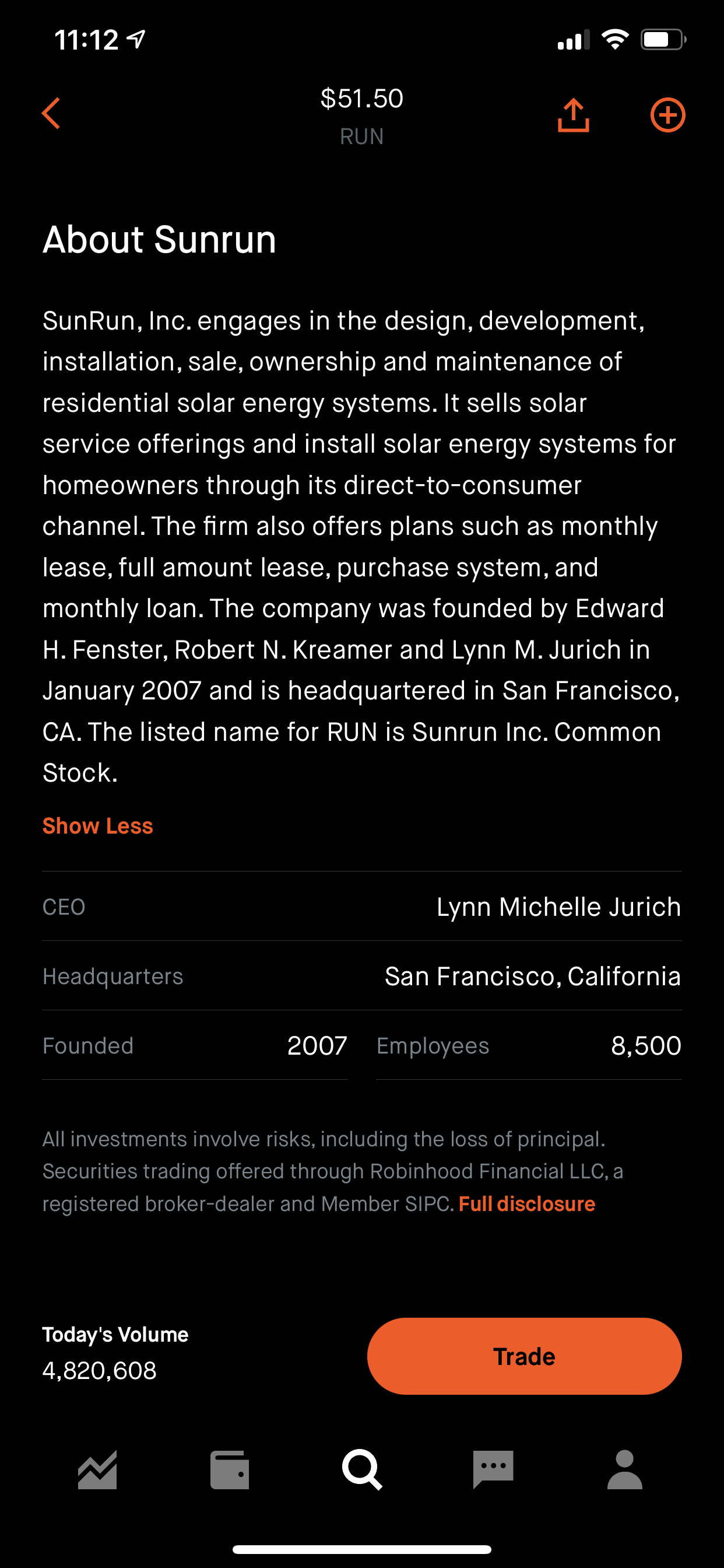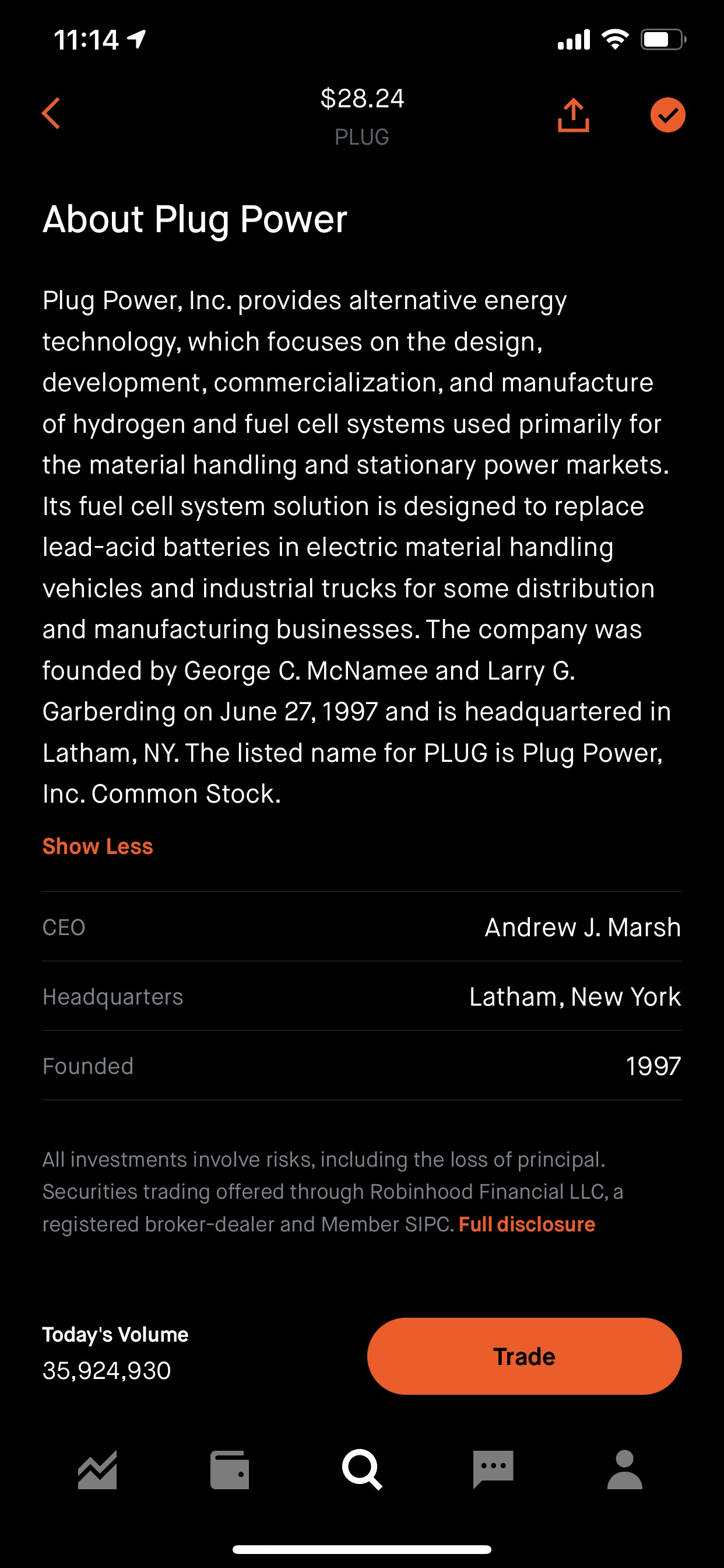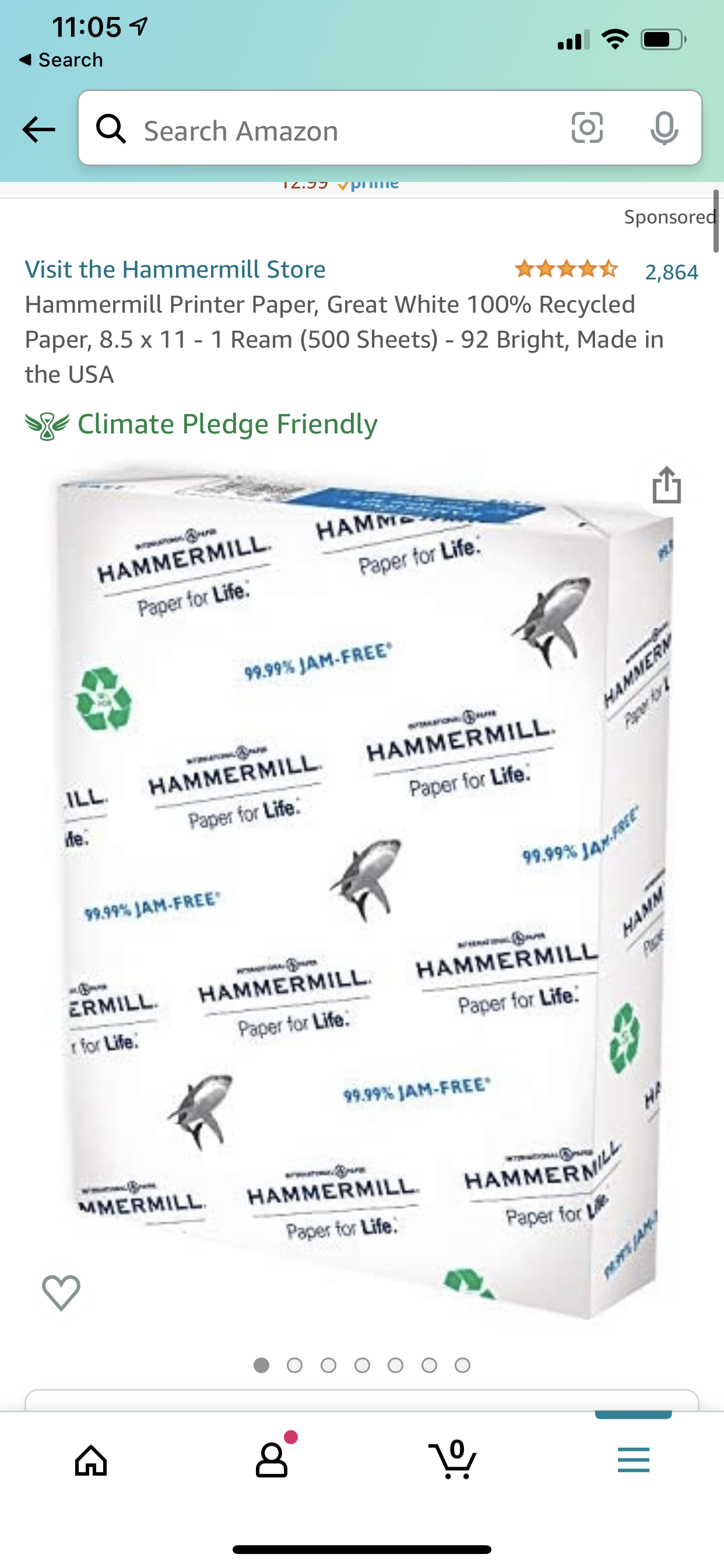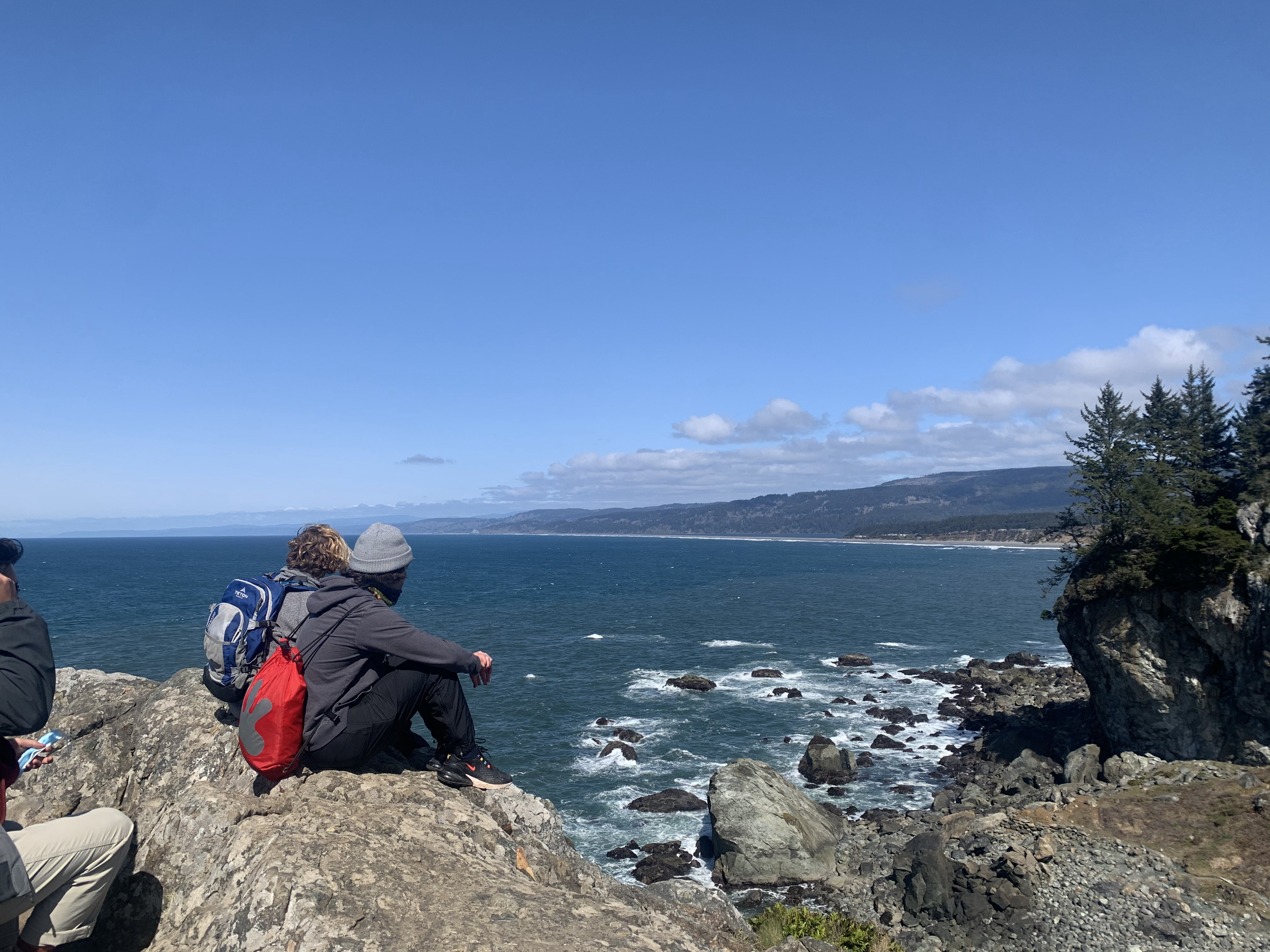For this challenge, I added the SeafoodWatch app to my phone and spent around half an hour learning about ways that I can make smarter seafood choices. From my previous introduction to marine science class, I have some knowledge about farming, harmful fishing practices, and the state of our oceans. However, we did not talk about what exact species we should avoid or buy as consumers. On the SeafoodWatch app, I looked up what species to avoid that are in the Eastern Central Pacific Ocean, off the coast of California. I found that bluefin tuna, pacific rock shrimp, sea bass, and mako sharks were the species that would be the best to avoid. For the most part, my diet rarely includes these species but occasionally I will have some pasta with shrimp or sushi with tuna. I have never really considered the exact species when buying sushi or seafood but now I realize that I should think about the impact my purchase could be making. I do not know of any fresh fish markets, but I want to see if I can find one in the future. Being able to ask how what methods were used to catch the fish would help me decide if my purchase was sustainable or not.
I also looked at what alternatives were best and found that some alternatives are albacore tuna, Pacific herring, and blacktail snapper. In the future, I will try to find these types of fish when I am making dinner or use my SeafoodWatch app to determine the impact of my purchase of some other species. Additionally, I learned that the best way to support sustainable seafood is by asking the restaurant or store if they serve sustainable seafood. They won’t always know, but this will increase sustainable product demand and will hopefully get the store/restaurant to increase their sustainable seafood knowledge. I need to incorporate this practice more often for other types of food as well, not just seafood. If consumers ask for and demand sustainable products and foods, businesses and restaurants will be forced to make the transition.
Lastly, I am hoping to share the information that I learned with my parents soon. We usually have salmon every couple of weeks but I have never paid attention to if it was wild-caught, farmed, or where it came from. Hopefully, by talking to my parents they will purchase more sustainable seafood options as well.
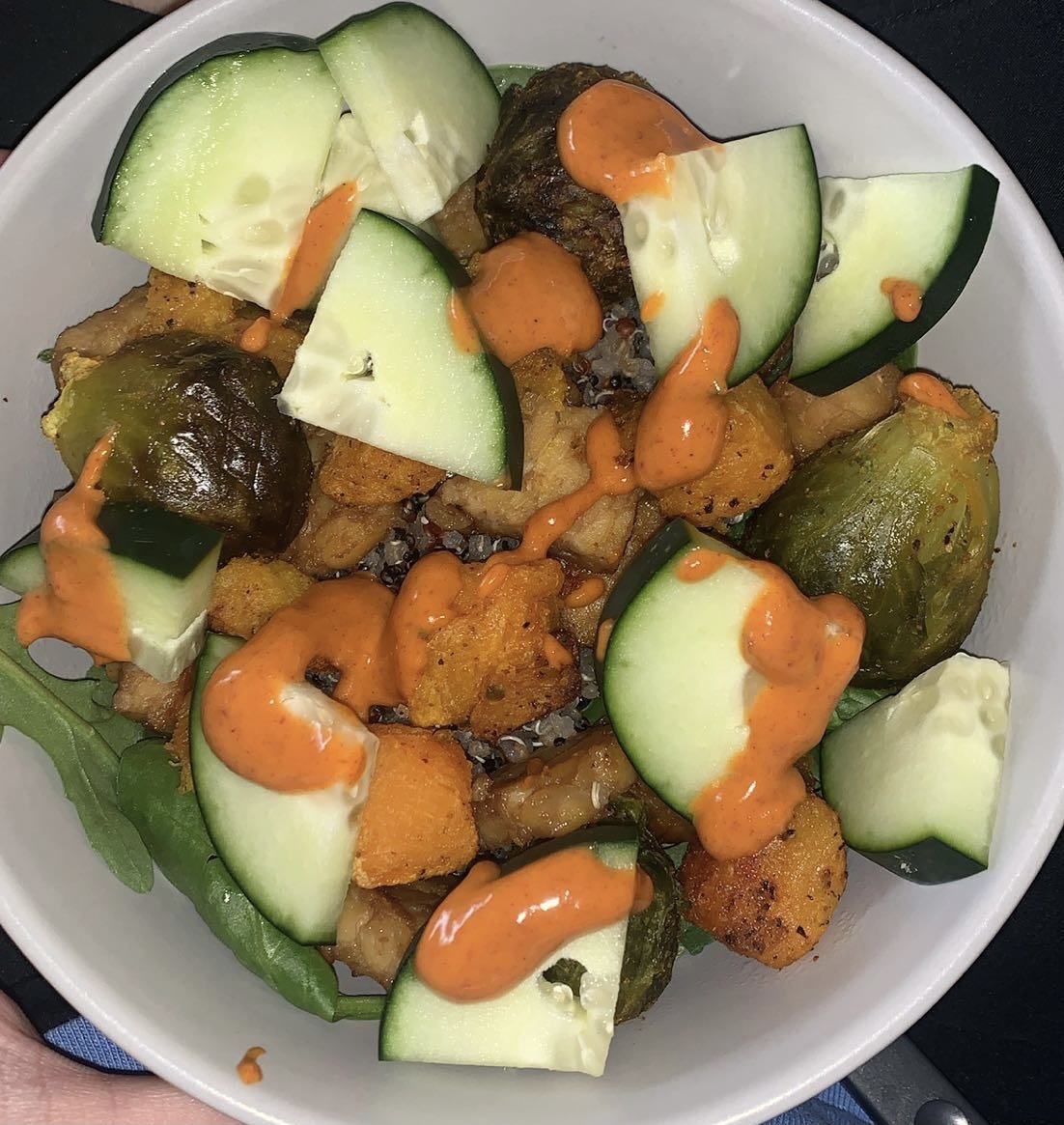
 Gianna Apoderado 5/15/2021 10:52 PMHi Blake! Like you, I've taken on this challenge of cutting forest-unfriendly foods and products out of my daily life. I was also surprised to learn all the different names that palm oil can be listed under because it is such a sneaky way to include its use in so many products now that it has been revealed to be a major contributor to deforestation. As for me, the cocoa product removal from my diet wasn't difficult either, but the coffee one was the hardest, followed by the palm oil. I am an avid coffee drinker, and was drinking around 2 cups a day, which you've read requires about 12 coffee plants to sustain demand. Now I am down to 2 cups a WEEK! This is major for me because I have tried to reduce my coffee/caffeine intake many times before and have always failed, but knowing that there are tangible stakes to doing so really has helped.
Gianna Apoderado 5/15/2021 10:52 PMHi Blake! Like you, I've taken on this challenge of cutting forest-unfriendly foods and products out of my daily life. I was also surprised to learn all the different names that palm oil can be listed under because it is such a sneaky way to include its use in so many products now that it has been revealed to be a major contributor to deforestation. As for me, the cocoa product removal from my diet wasn't difficult either, but the coffee one was the hardest, followed by the palm oil. I am an avid coffee drinker, and was drinking around 2 cups a day, which you've read requires about 12 coffee plants to sustain demand. Now I am down to 2 cups a WEEK! This is major for me because I have tried to reduce my coffee/caffeine intake many times before and have always failed, but knowing that there are tangible stakes to doing so really has helped. Audrey Goodman 5/10/2021 1:32 PMHi Blake! I was also surprised about how many food products contain palm oil, because I don’t typically think of palm oil as it is not widely used in cooking. However, it is a very common vegetable oil that is used in many packaged products from the grocery store, as well as personal products. Your response has made me begin thinking about being more aware of food labels and the products included in them, such as palm oil, and how they affect the environment. I also thought the restoration project that used drones to deposit seeds that you discussed was very intriguing, and advancements in technology can definitely be put to good use in addressing climate concerns. As for my own personal diet, I have tried to cut out most red meat and in general look for opportunities to substitute plant-based meals in place of meat. There are so many fun ways to cook tofu, and it is delicious in my opinion! Although it would realistically be very difficult for me to be a vegan, I have thought about going back to being a vegetarian (I used to be one), as plant-based diets make such a difference and also often make me feel better, as I have more energy and know I am fueling my body with healthy foods.
Audrey Goodman 5/10/2021 1:32 PMHi Blake! I was also surprised about how many food products contain palm oil, because I don’t typically think of palm oil as it is not widely used in cooking. However, it is a very common vegetable oil that is used in many packaged products from the grocery store, as well as personal products. Your response has made me begin thinking about being more aware of food labels and the products included in them, such as palm oil, and how they affect the environment. I also thought the restoration project that used drones to deposit seeds that you discussed was very intriguing, and advancements in technology can definitely be put to good use in addressing climate concerns. As for my own personal diet, I have tried to cut out most red meat and in general look for opportunities to substitute plant-based meals in place of meat. There are so many fun ways to cook tofu, and it is delicious in my opinion! Although it would realistically be very difficult for me to be a vegan, I have thought about going back to being a vegetarian (I used to be one), as plant-based diets make such a difference and also often make me feel better, as I have more energy and know I am fueling my body with healthy foods. Suraj Doshi 5/02/2021 12:29 PMHi Blake,
Suraj Doshi 5/02/2021 12:29 PMHi Blake,
